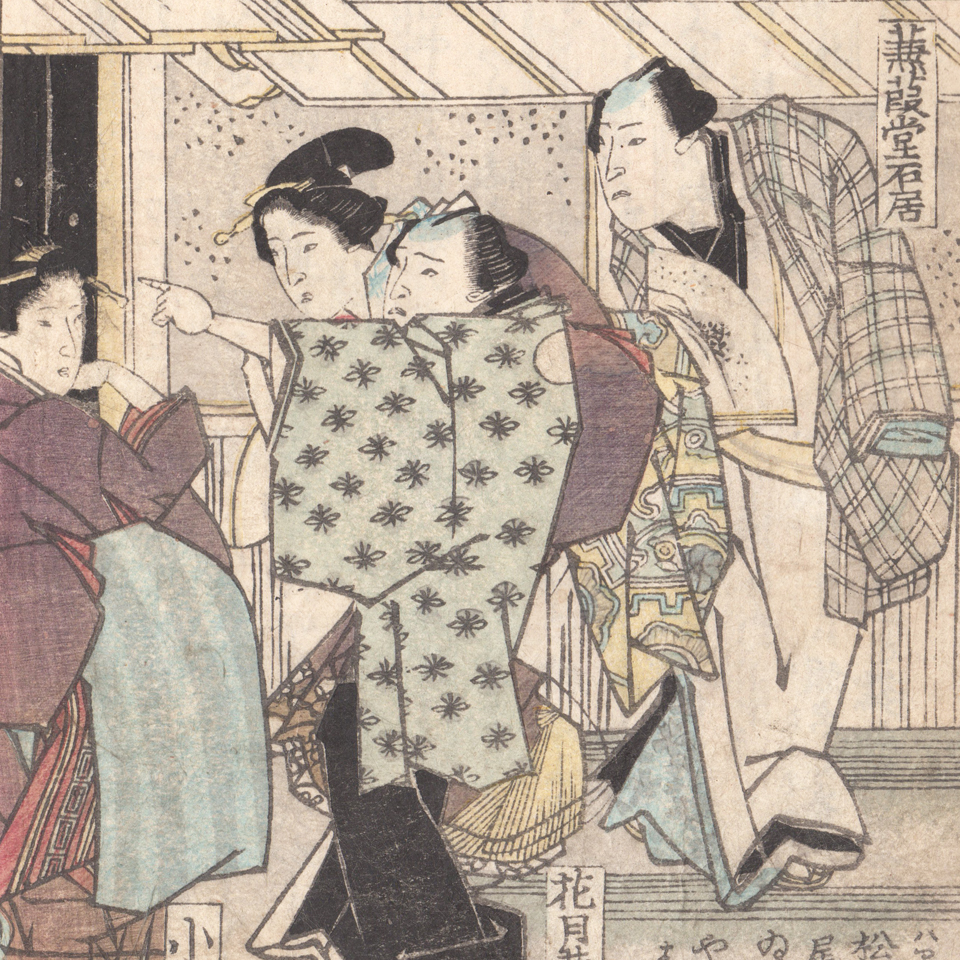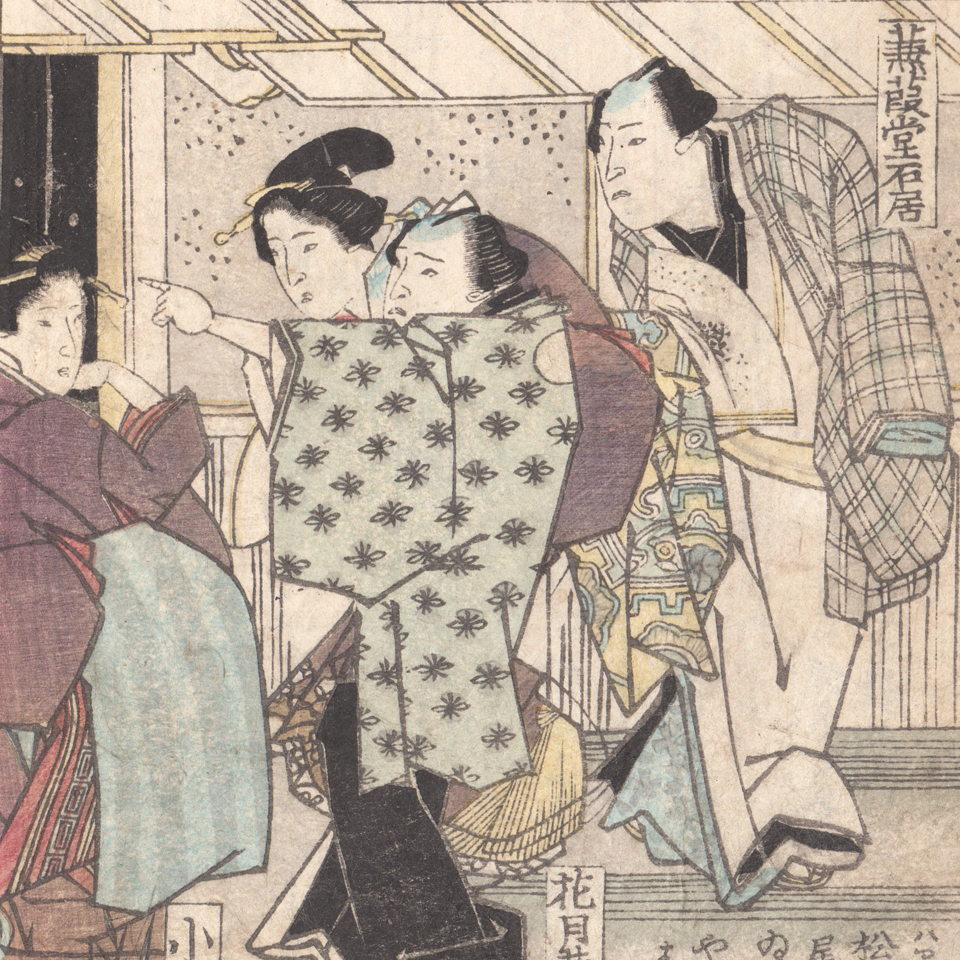The phrase “cancel culture” has been popping up more and more lately. While the phrase has been around for years, most prominently on US Twitter, mainstream media and public figures have caught on too.

Cancel culture, for those who aren’t avid Twitter users, is when many thousands of users call for boycott (ending) of someone who has made an untoward comment at some point in the past, typically about a minority demographic.

村八分 (mura hachibu), for those who aren’t Japanese speakers, means the shunning of someone from social life. It is said to have originated in the Edo Era and refer to a villager being excluded from 80% (hachibu) of village (mura) life due to a transgression against social rules including failing to contribute to communal work, etc. The 80% refers to the parts of village life the transgressor is excluded from: births, wedding, construction, etc.. The remaining 20% contains the communal issues they are included in to protect the village as a whole: fighting fires and managing funerals.
People are in danger of being mura hachibu-ed in modern Japanese society too, and the word is well-used, though now it refers to exclusion from polite society more than social services.
Social media has created modern villages full of mobilized villagers. Our posts may be subject to judgement of many millions of these villagers, who tend towards mobbing. It’s no coincidence the New York Times made a cancel culture spoof video set in medieval Europe:
But there is a major distinction between cancel culture and mura hachibu. The former’s effect is almost completely contained on social media. Damning, yes, if your livelihood is built mainly there, but decidedly less devastating if you’ve built your fame anywhere else.
Meanwhile, the mura hachibu affects the shunned in a very real way — it cuts them off from the very social fabric of their community. In the U.S., it is very rare to find an issue that all agree on, so being shunned on social media by even a large group of users doesn’t translate into real-world shunning — There is always another group there ready to accept the shunned. (That said, cyber bullying is a real and serious problem in Japanese society contributing to mental health problems and even suicide)
The Central Park Karen case is a recent example of someone shunned in real life — this “Karen” was fired. She took real-world action and called the real-world police on a Black man, just at a time when the American public and local government were keenly aware of the dangers of police brutality against unarmed Black men. Her carefully written apology fell on deaf ears.

So is the apology, a point of great difference between the U.S. and Japan, a waste of breath? In the U.S., it appears it might be.
A 2015 study found that subjects felt apologies made them feel “unaffected” or made them “more likely to desire that the individual be punished.” A smaller study found that no matter what the apology was for, the very act of apologizing appeared to lower support for the politician in question. (And maybe to no surprise, as an “apology” originally meant a defense of oneself or justification.)
Let’s look at modern Japan’s treatment of the famous who have broken social rules.
In recent years, many a politician has scandalized the Japanese public with embezzling, corruption, gambling, etc. while countless celebrities have filed for flashy divorces, been busted with drugs, or been caught cheating on their picture-perfect wives.
In any of these cases, a perfunctory 謝罪会見 (shazai kaiken; apology press conference) is held, where the guilty party, invariably dressed in a black suit and with solemn make up and hair, expresses their regret for having inconvenienced everyone with their scandal with a deep, X-second-long bow. (It’s such classic material that several online media publish best/worst apology rankings annually.)
But unlike mura hachibu, despite the searing headlines and intense media focus, many of these transgressors eventually wiggle their way back into the political or entertainment worlds. (Interestingly enough, some celebrities make their comebacks in nontraditional media channels, such as online video)

In fact, public apologies and even 土下座 (dogeza), one of the highest forms of apology in modern Japan, seem to have appeared on the scene after World War 1. This is also the time of mass media’s advent. The Japanese public has grown cynical, and dogeza are now the target of derision or suspected of being a “performance.” Yet, apologies are still requisite in the public realm. A successful return to former glory is subject to some complicated calculus based on original popularity, sincerity of apology, public sentiment at the time, and the severity of the violation.
While it seems clear what the “rules” are in the case of Japan’s shunning, and public figures tend to stay away from the touchy subjects.
In the U.S. having no opinion on a subject lead to attack as quickly as having the wrong one. Even a thoughtfully presented argument on one topic can be reduced down to its insinuations, alleged intolerance and XXXphobia, all while ignoring the veracity of the parts.
In the U.S., stronger demands for political correctness and sensitivity towards a wide diversity of groups turn the public sphere into a minefield of sorts. One statement can trigger an explosion, and no amount of explaining and dialogue seems to help. Even brands need beware: “the majority of consumers (76%) have taken an action in response to a brand doing something they disagreed with, including no longer buying from the brand, switching to a competitor, or discouraging others from buying from or supporting that brand,” explains Alison DaSilva, Managing Director, Purpose and Impact, Zeno Group.
Some say it has gone too far. A group of intellectuals in Harper’s Bazaar call the current situation an “Intolerant Climate.” The nature of the debate, particularly on Twitter where posts are limited to 180 letters, are tending towards the ad hominem and do not contribute to a constructive debate, they claim.
So how do we balance tolerance with free speech?

Bashing itself may be a gut reaction born from the fear that an unpleasant statement could spread and influence if not nipped at the bud. Our answer to that may lie in trust.
At the end of the day, we must trust that
1) there is such a thing as truth,
2) our fellow citizens have the ability to understand truth while also having an individual opinion
3) constructive debate can be had if all parties make a concerted effort
4) even if we don’t all agree, we can create a shared society where none of us are murahachibu-ed.
The world is no longer filled with isolated villages bound with oppressive practices, is it really in our best interest to recreate them? A well-reasoned, well-researched, polite counterargument is perhaps one of the best ways we can contribute to our own societies.
